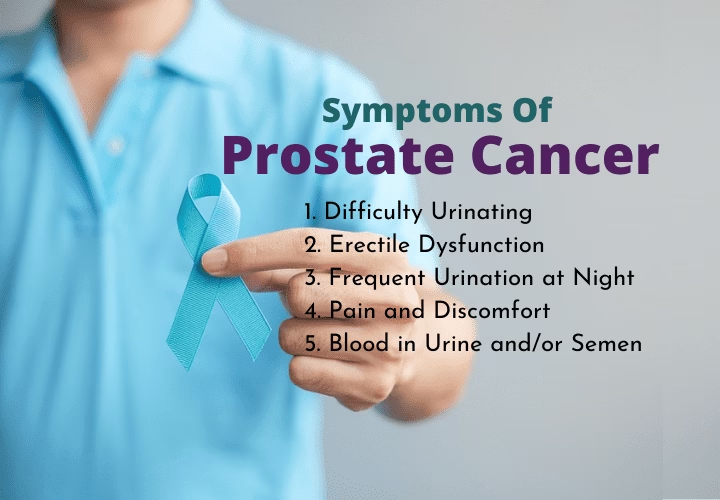Demystifying Prostate Cancer: A Comprehensive Guide to Understanding Your Risks
Prostate cancer stands as one of the most significant health challenges men face today. Despite its prevalence, many remain uncertain about the risks and early detection strategies associated with this condition. In our detailed guide, we aim to unravel these complexities and highlight key areas of risk, empowering readers with knowledge that can aid in prevention and early intervention. By understanding crucial risk factors and lifestyle adjustments, you can take proactive steps toward maintaining your health.
What Is Prostate Cancer?

Prostate cancer occurs in the prostate, a small walnut-shaped gland in men that produces seminal fluid. While it is one of the most common types of cancer in men, it often grows slowly and initially remains confined to the prostate gland, where it may not cause serious harm. However, some types are more aggressive and can spread quickly.
Understanding Risk Factors
Age and Genetics

As men age, the risk of developing prostate cancer increases. It is most often diagnosed in men over 65 years of age. Genetics also play a crucial role; men with a family history of prostate cancer are at a higher risk. According to the American Cancer Society, having a father or brother with prostate cancer more than doubles a man’s risk.
Lifestyle Choices
While some risk factors like age and genetics are beyond control, lifestyle choices can significantly influence overall risk:
- Dietary Habits: Consuming a diet high in red meat or high-fat dairy products might increase your risk. Conversely, diets rich in fruits, vegetables, and whole grains have been associated with a reduced risk.
- Exercise: Regular physical activity is linked to a decreased risk. It helps maintain a healthy weight, which is crucial since obesity is a known risk factor.
- Smoking: Though the direct link between smoking and prostate cancer is still under investigation, quitting smoking improves overall health and decreases the risk of various cancers.
Early Detection and Screening
Early detection is vital in the successful treatment of prostate cancer. Medical professionals often recommend regular screenings, especially for those at higher risk. The Mayo Clinic suggests discussing with your doctor the benefits and risks of prostate-specific antigen (PSA) testing and digital rectal exams (DRE) to make informed decisions about screening.
Potential Symptoms
Prostate cancer in its early stages often presents no symptoms. However, when symptoms do appear, they might include:
- Frequent urination, especially at night.
- Weak or interrupted urine flow.
- The presence of blood in urine or semen.
- Painful ejaculation.
- Persistent pain in the back, hips, or pelvis.
Reducing Your Risk

Being proactive in understanding and reducing your risk can make a significant difference:
- Stay Informed: Regularly consult reliable sources and engage with healthcare providers to stay updated on new research and recommendations.
- Healthy Lifestyle: Adopting healthier eating habits, maintaining an active lifestyle, and quitting smoking can collectively lower your risk.
- Regular Check-Ups: Routine visits to a healthcare provider ensure that any changes in your prostate health are monitored closely and addressed promptly.
The journey toward understanding prostate cancer risks is continuous, but by equipping yourself with knowledge and taking control of modifiable factors, you can contribute positively to your health.
